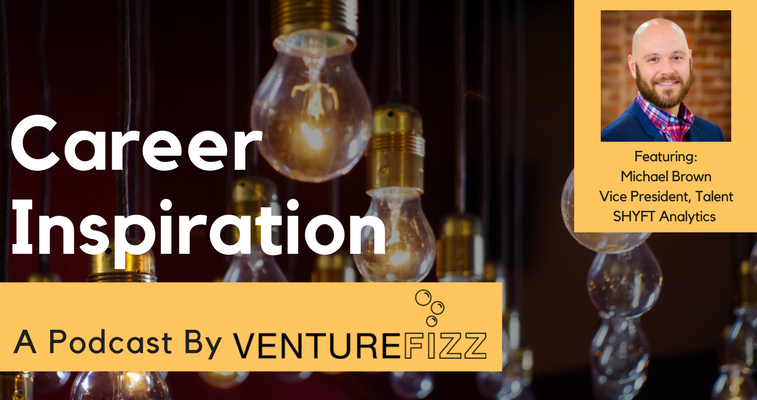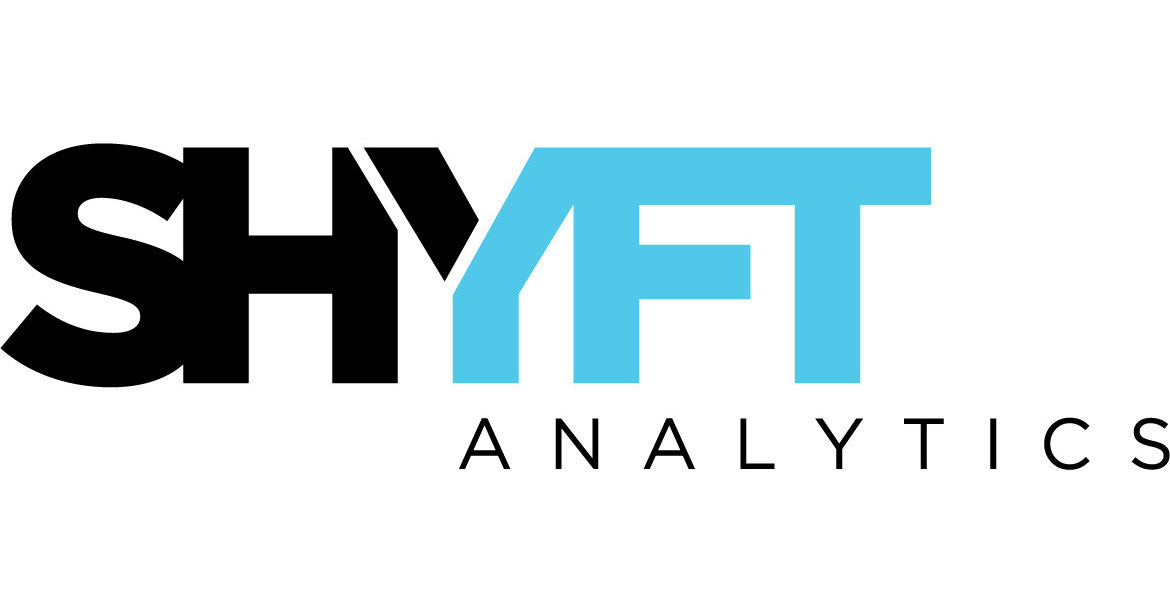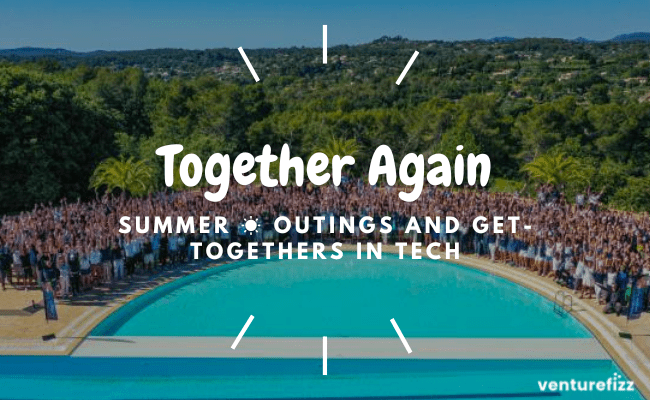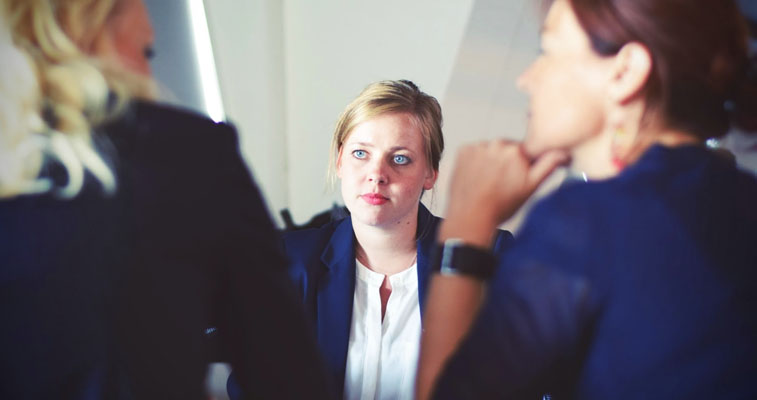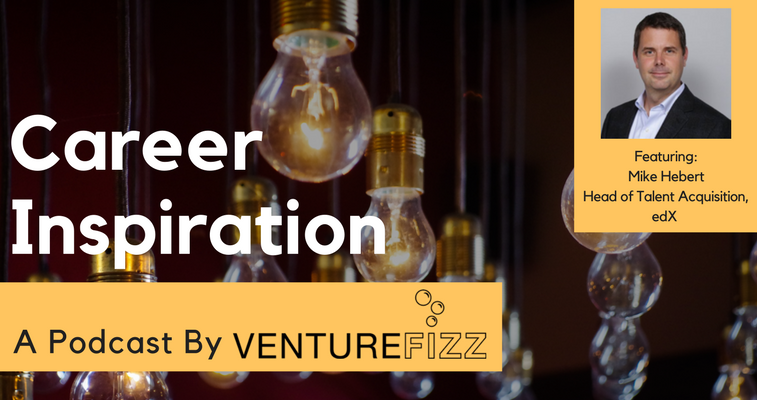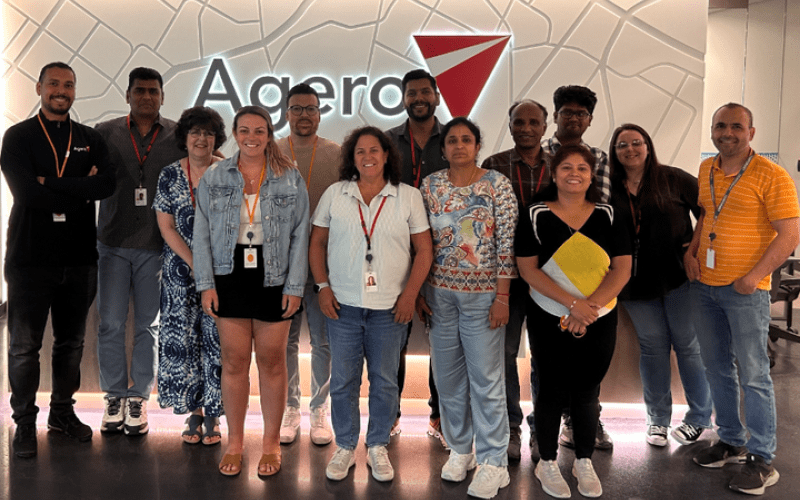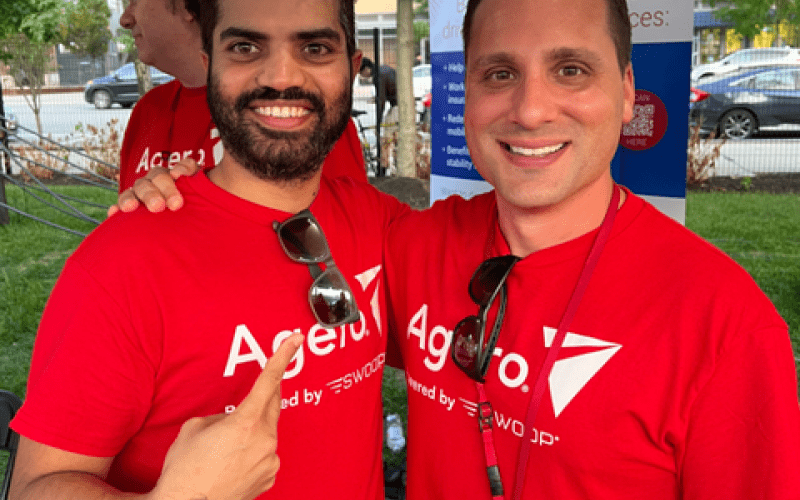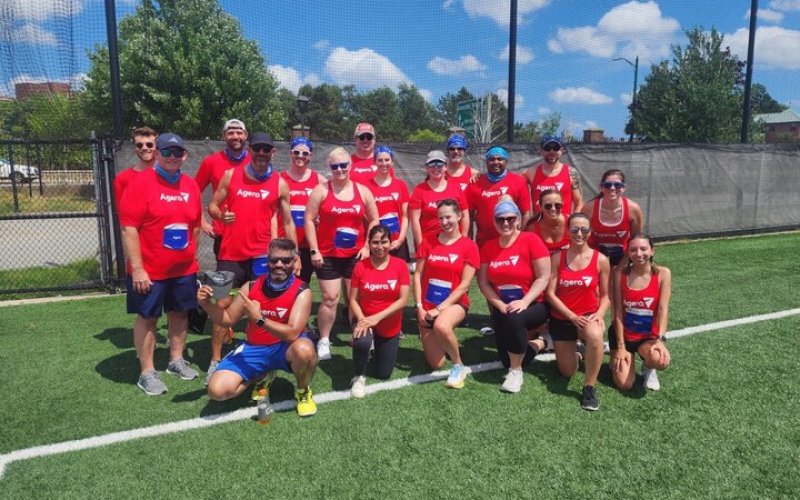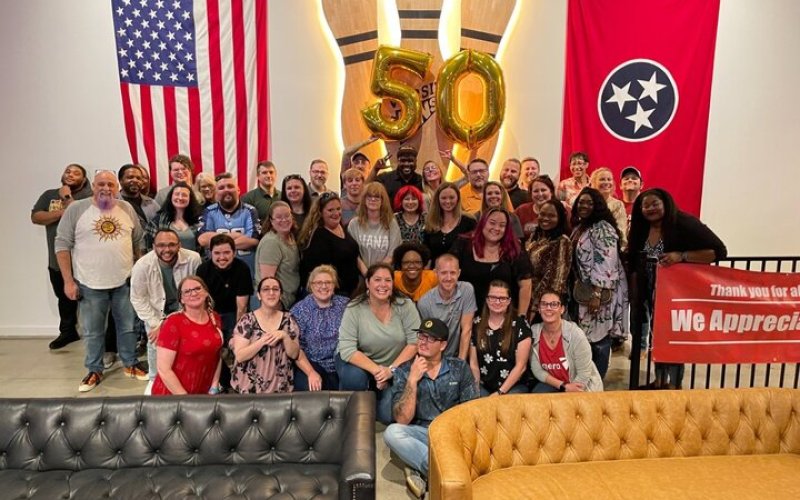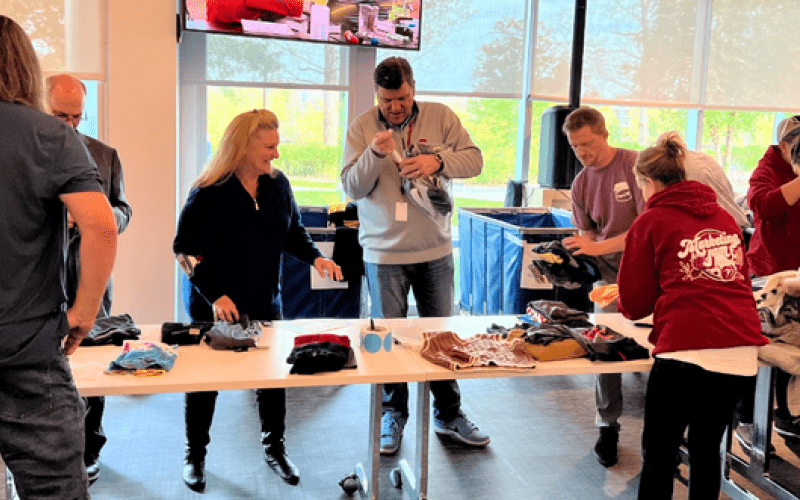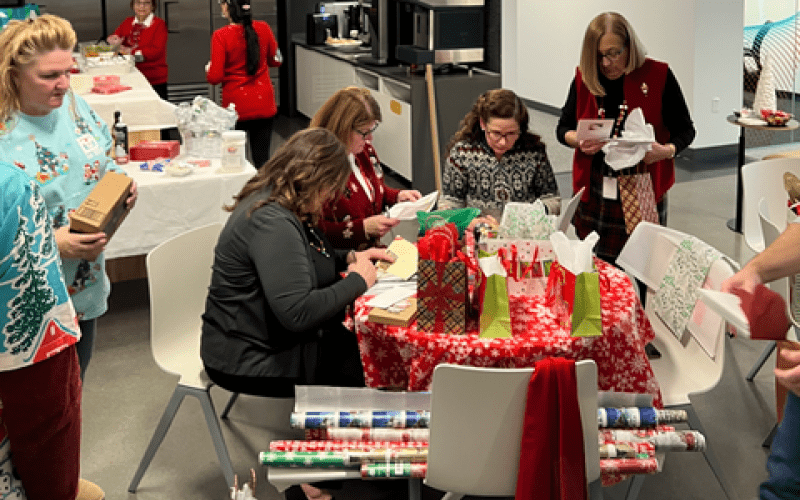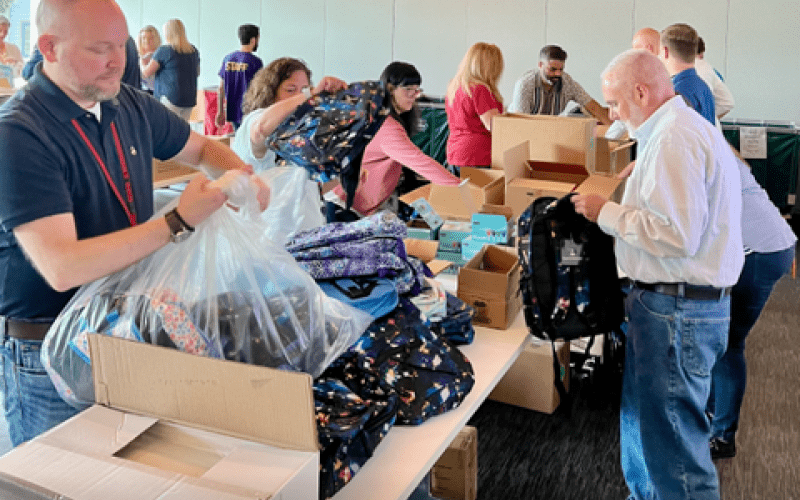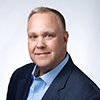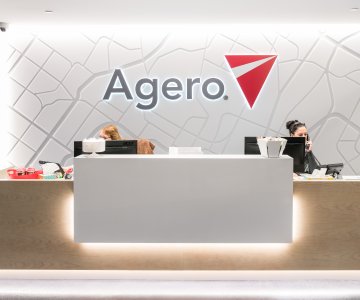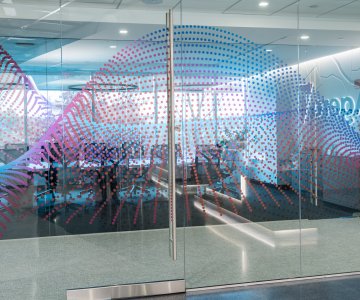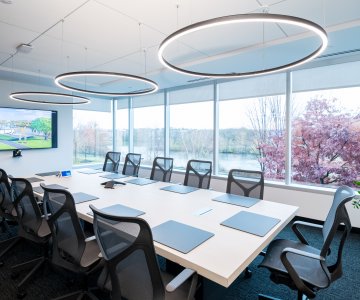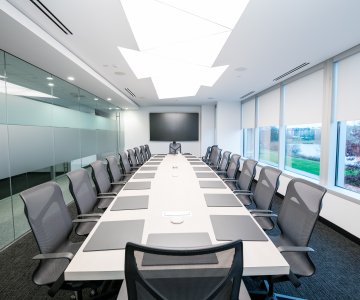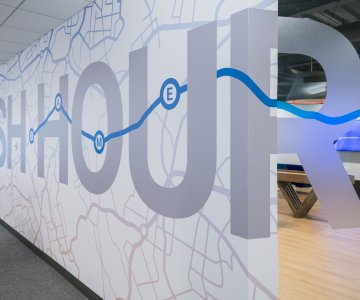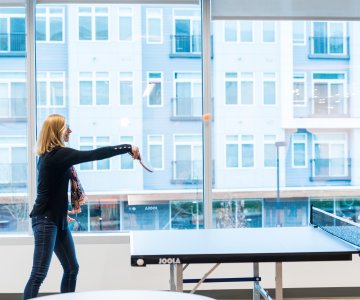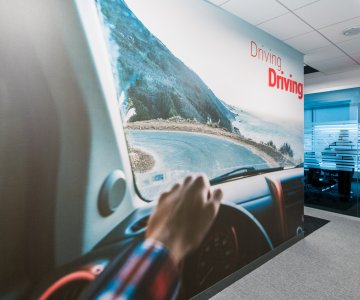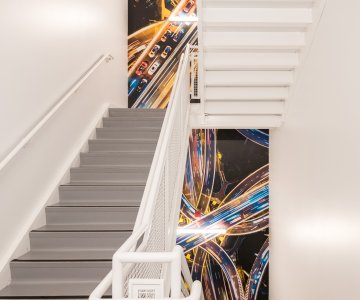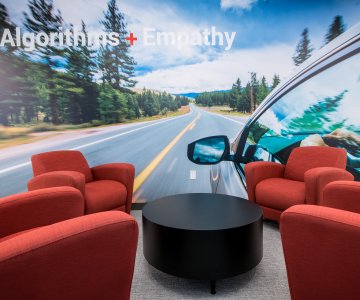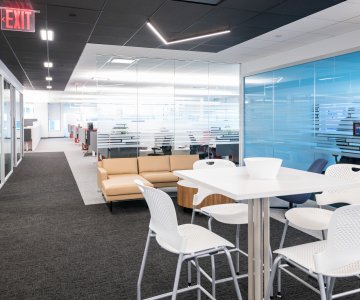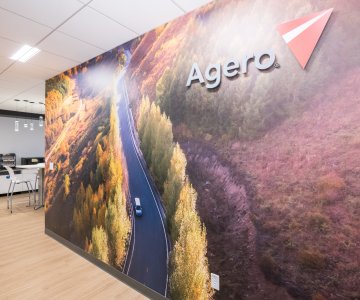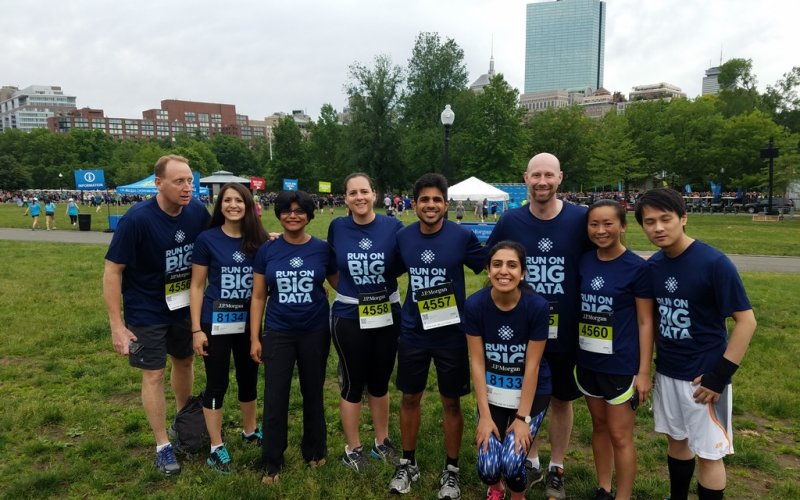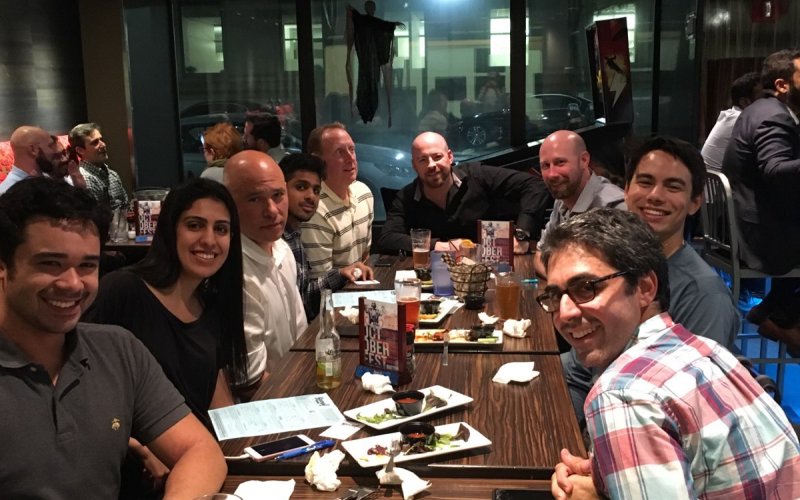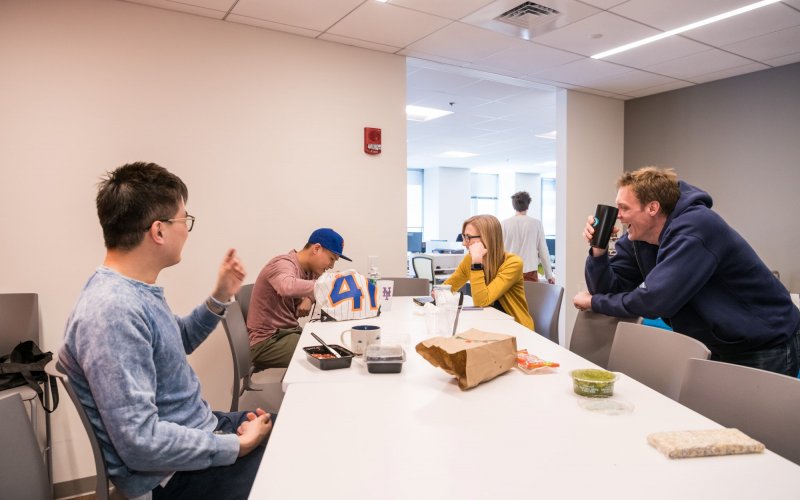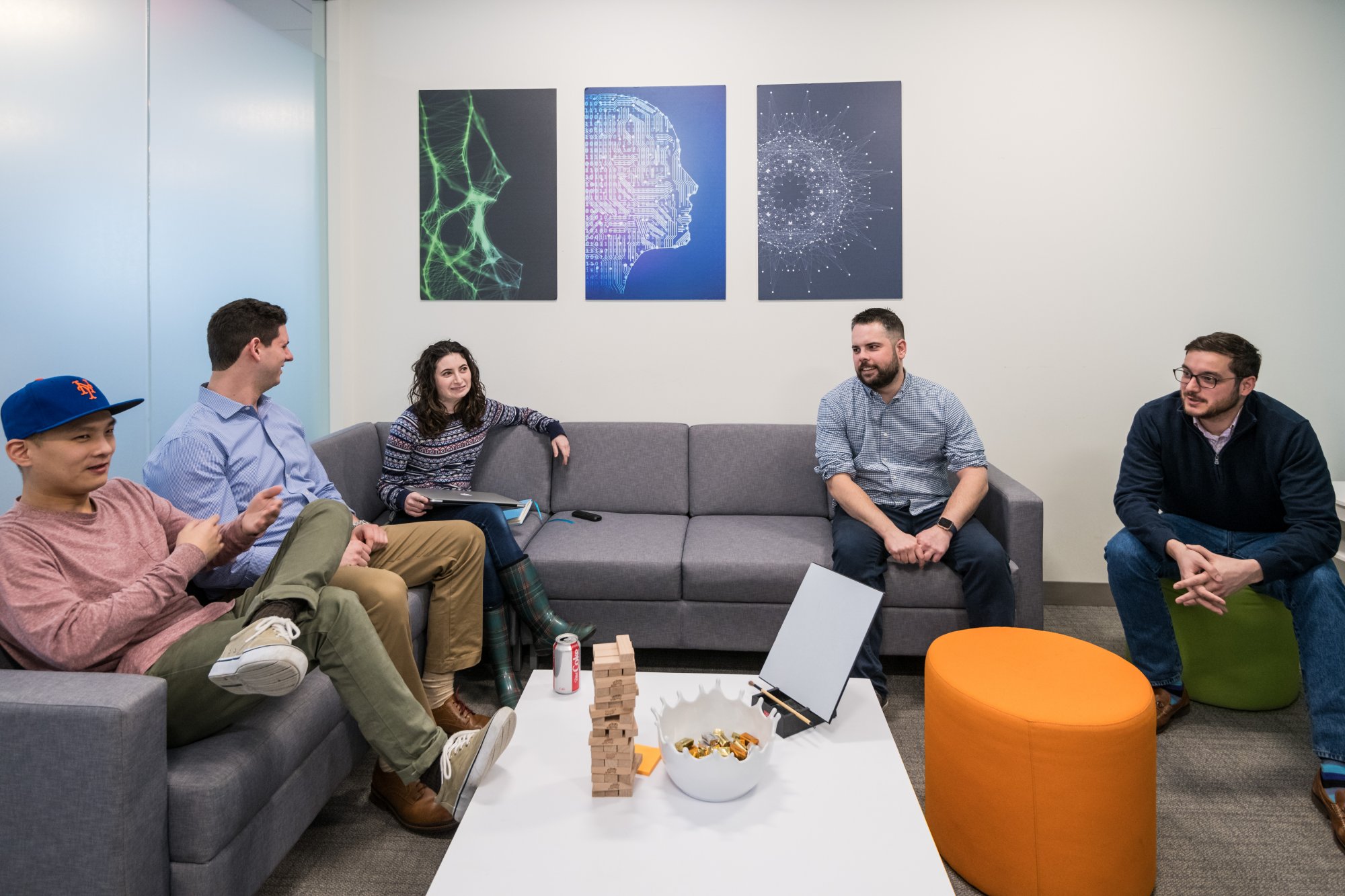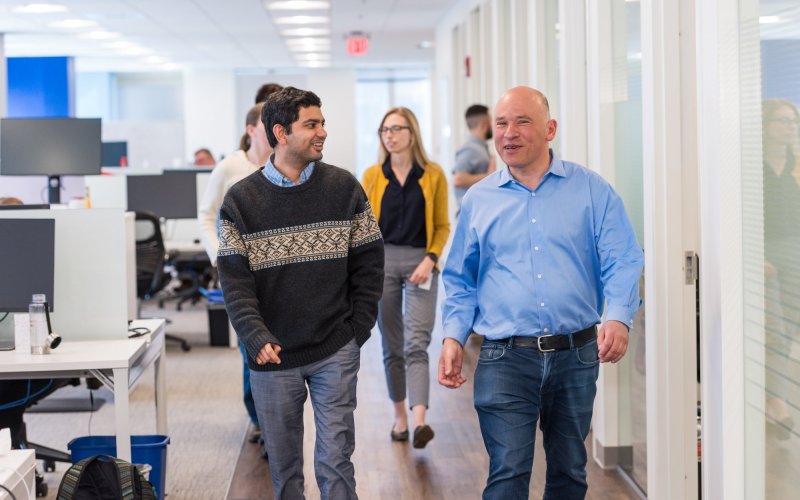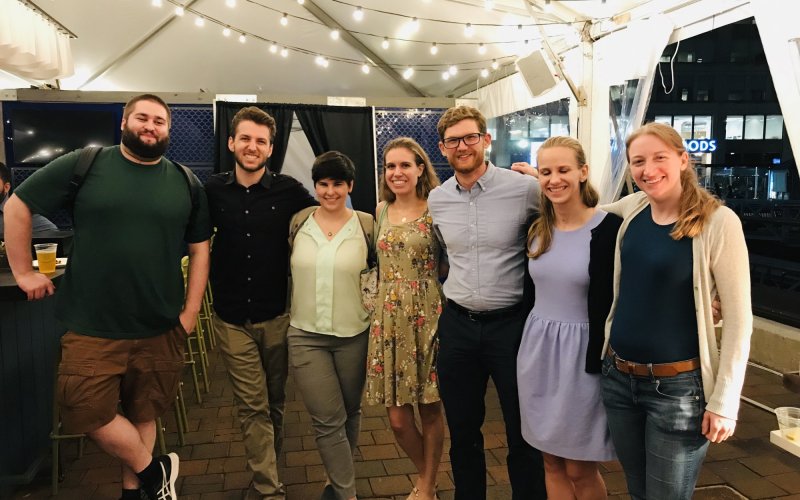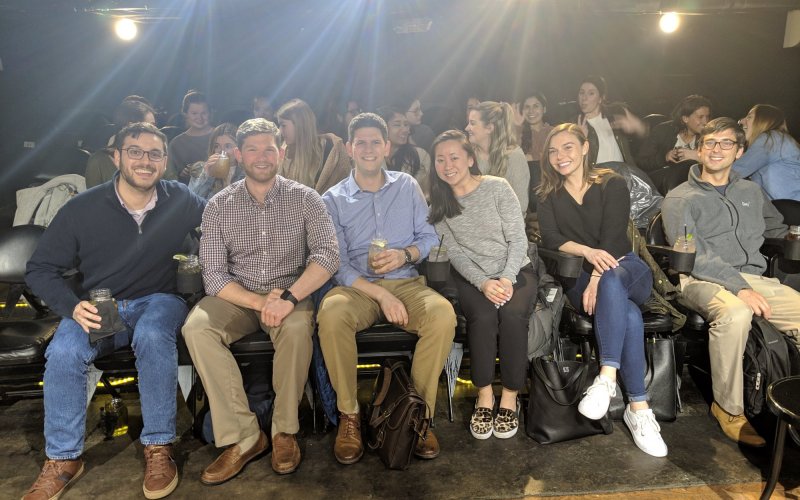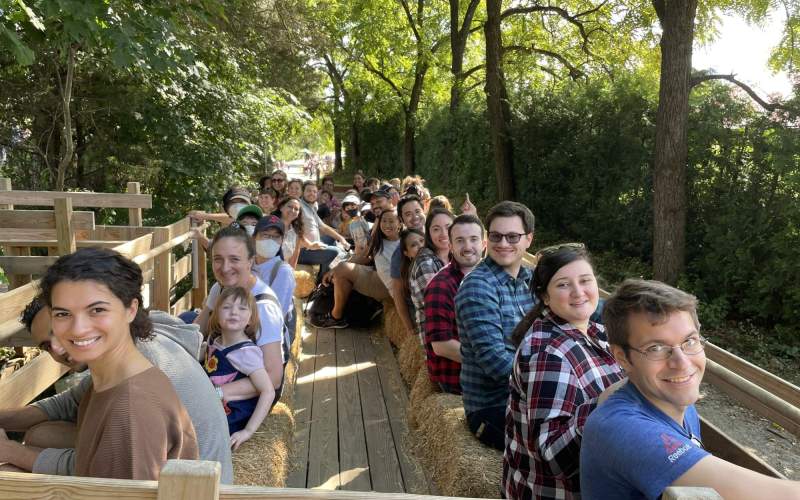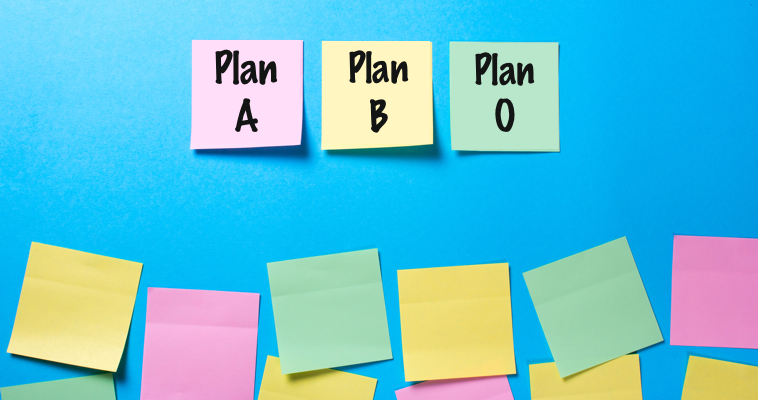I had the good fortune to attend the Mass Women’s Conference last week. Hosted in four major U.S. cities, it is the largest conference for women in the country. It’s an event that attracts women from high school age through those more mature in their careers, and its intention over one night and one full day is to inspire, motivate, and develop women on a wide variety of topics. This year, not surprisingly given the current climate, the topic centered on “having a voice.”
We heard from a variety of truly exceptional women who have found their voices, and are taking advantage of sharing them. Actress Viola Davis shared a backstory so raw and moving, there was not a dry eye during her keynote. Gloria Steinem, the woman who has paved the way for so many women to thrive, is still sharing her brilliant wisdom at age 83. Designer Diane von Furstenberg showed us what it’s like to still be creative and irreverent at age 70. Very different women, with one very common theme: they have a voice, and they use it.
I will be quite candid in saying one of my frustrations with conferences in general - even with incredible speakers as this one had - is this. Attendees invest money and are thrilled to see powerful talks. Maybe they also take copious notes and walk away sharing information with peers about the incredible day they’ve had. All good; but the frustrating part for me is that often times people go right back to work the next day, and proceed as normal. That time away might have been inspirational in the moment, but many people fail to apply the learnings to make a significant difference in their everyday. I walked away from the most recent conference pondering of the 11,000 women in attendance learning about how to find their voice, how many would be inspired to do just that and then truly use it.
And if they do find that voice and use it for the greater good, will anyone actually pay attention?
Let me zoom out and address this idea with a bigger picture example. Time Magazine recently selected “The Silence Breakers” as their Person of the Year. These brave women (and a man!) represent a selection of those who have had enough and were no longer willing to stand aside and let themselves be marginalized. To what end though? Sure, it’s fulfilling to see those who have treated others with such flagrant disregard removed from their positions of power. And yet, will these people who were brave enough to use their voices really make a difference?
Essentially, even if women - or candidly anyone who is being treated badly - find their voice and summon the courage to use it, can they drive change to occur? I honestly believe over time it will, but we sure do have a lot of obstacles to overcome before wide sweeping behavior evolves. For every politician who steps down in shame, we seem to elect a new one with just as many accusations. For men who hold positions of power and are finally removed in disgrace (think Harvey Weinstein and Matt Lauer), there are likely a significant number of people who turned their heads for years before the scrutiny became so significant there was no other option but to terminate them. So the question becomes, will change really occur proactively, or will we continue down a path of senior leaders accepting this behavior until something so egregious blows up in their own backyard, they are forced to tackle it head on?
It’s not unlike the cybersecurity field I’ve worked in for the last seventeen years. For so long, security experts preached the importance of understanding vulnerabilities and how to best protect their companies. Often, it fell on deaf ears. “Too expensive an investment,” or “That could never happen to us.” And then the Sony and Target breaches happened, along with so many others. At that point, even my mom understood how serious an issue this was becoming. As a result, sometimes people have to be hit where it hurts - massive decrease in market cap, termination of senior leaders, etc. to shake a company into change. Cybersecurity is now a discussion topic in every boardroom and a key focus area for CEOs. It took years, but the voices - combined with the severe ramifications of not paying attention - ultimately have begun to pay off. The same is likely going to be true with the way we treat one another in the workplace.
My challenge to us all is to not sit passively by and hope that the person sitting next to us will be bold enough to use her voice. Each of us - men and women - need to say “enough!”...and then put a stake in the ground as to what they will no longer accept. Companies need to not just say, “that’s horrible,” and then look the other way because they haven’t suffered the same fate as Uber. Instead, leaders need to take a stand, proactively define what they will do to make changes to ensure they are creating a workplace that is safe for all, and then be transparent about how they are measuring against those goals.
Voices are incredibly important, and we all must use them to drive change; not just rely on a handful of powerful people to represent us all. Equally important, however, is action. We are better than the situation we are in right now as a business community. Let’s not just talk about fixing it. Let’s actually do it.
Christina Luconi is Chief People Officer for Rapid7. Follow her on Twitter: @peopleinnovator.


